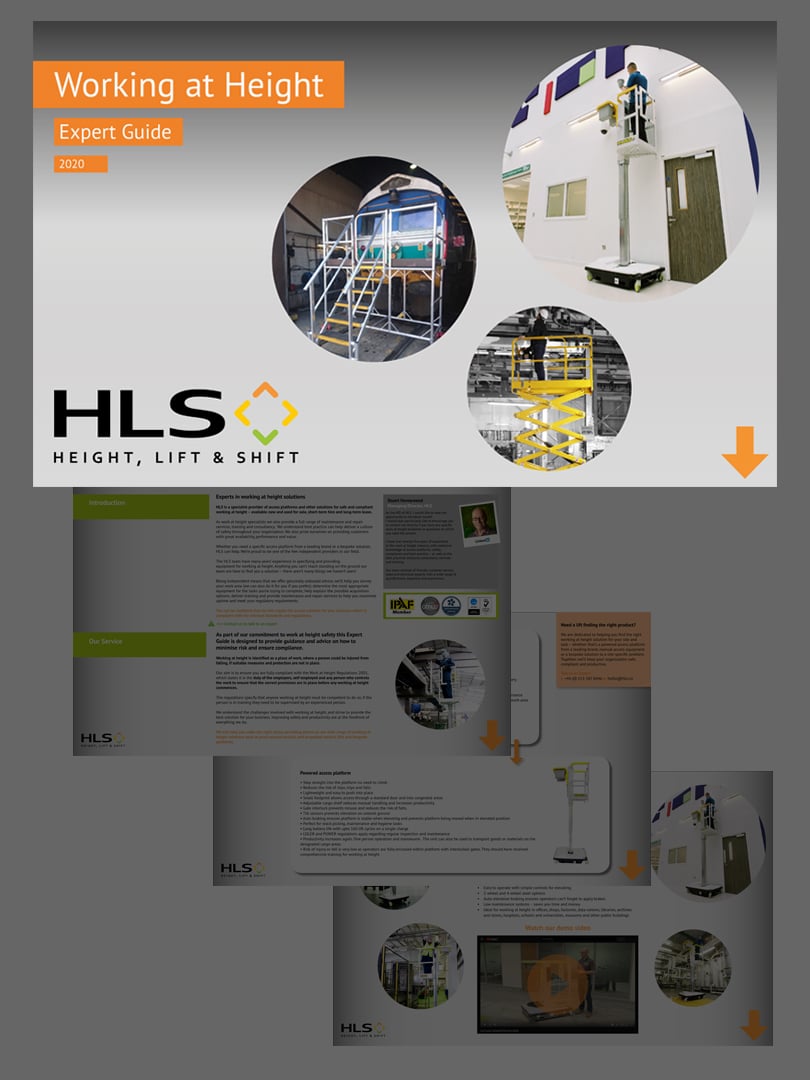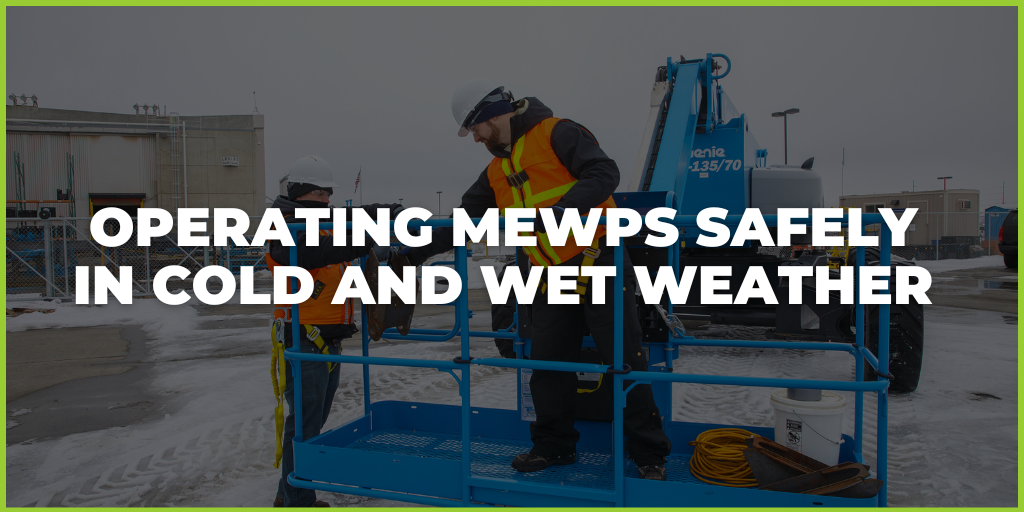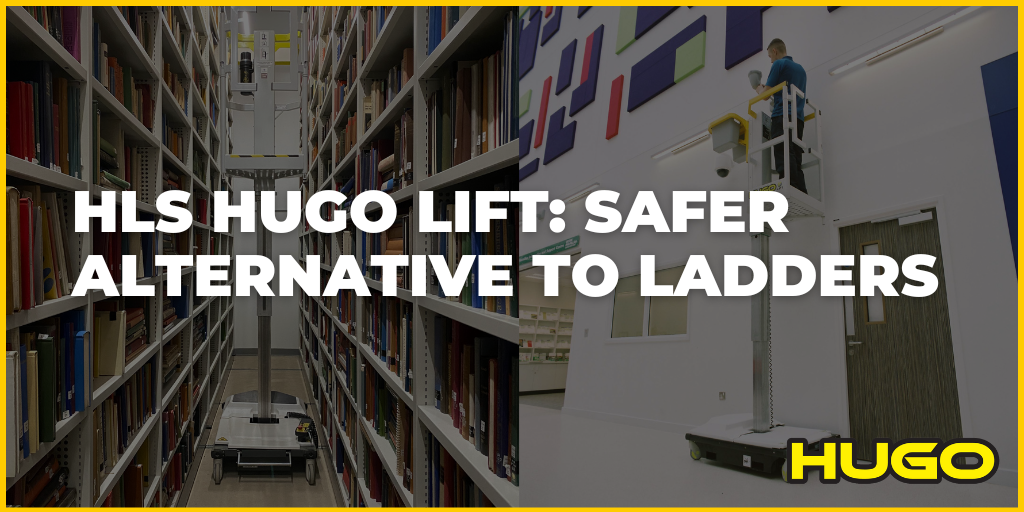Here at HLS we take our jobs very seriously, we believe in what we do, we believe in the solutions we provide, and we want as many people as possible to work safer and more efficiently as a result. But it's not always as simple as giving someone the right tool for the job is it? Read on for some interesting research findings and our thoughts on what it all means in the real world.
We recently teamed up with Vizstark and a number of high profile organisations in the retail and facilities management sectors to carry out some research into how people carry out tasks at height, and how they manage manual handling at height in the real world. The findings were mixed; some reinforced what we already felt was true, others surprised even us and forced us to really think about how we offer our products and services to customers in a way that will ensure a maximum positive impact.

We try to work with our clients to find the most effective solutions for them, to improve safety for their operatives and to reduce risk and improve productivity for the organisations themselves. To do this we have to understand not only the tasks and circumstances of the work being done but also how people feel about the work they are doing and the equipment they are using.
The Research we did was made up of three strands:
- Risk assessors completed on-site risk assessment days where tasks completed that involved working at height and/or manual handling were listed and placed into a risk category.
- A work study day was completed where our researcher spent a whole day with the participant organisation logging the frequency of tasks, the heights worked at, the duration of the tasks, the environments they were completed in, and more. This strand resulted in a wealth of quantitative information for us to analyse.
- A second researcher spent the work study day talking to the operatives about the tasks they were doing, how they felt about the work, how they found the equipment they were provided with, and what their thoughts were on the training they had received. We also asked people about their feelings on the culture of the workplace, and how this impacted on them.
90% of all working at height tasks observed were performed at some point using ladders or unofficial forms of access
With slips, trips, and falls accounting for around 2 million lost working days a year (source: http://www.hse.gov.uk/statistics/causinj/slips-trips-and-falls.pdf, accessed 23/9/2014), reducing this number is surely key to helping both employees and employers reduce their risk, reduce lost days, and reduce nuisance factors arising from musculoskeletal issues caused by poor manual handling and working at height practices.49% of all tasks carried out weekly or on a more frequent basis
This figure surprised us, but it does illustrate how integral tasks carried out at height are to the smooth running of our offices, shops, hospitals, schools and universities. Ensuring people have good, effective equipment to enable this work to be completed in the safest most efficient manner possible is key to organisations who take their resposibilities seriously.Easier ROI calculations for equipment purchase justifications
Knowing how frequently work at height is completed helps both us, and our customers to justify the cost of equipment to enable safe and efficient work at height. We completed a sample calculation based on the use of a Hugo Lift (see this page of our main website for info on Hugo), and working at a labour rate of £15 per hour we managed to get to breakeven on the cost of the equipment over five years, this is based solely on labour savings without considering cost reductions from reducing risk and strains & sprains (if you want to see our calculations please contact us on 0113 287 8446 or info@hls.co).Users have a tendency to use whatever equipment is closest to hand:
This creates extra risk for organisations where even though the correct equipment might be available if it is stored at a distance from where it should be used, operatives are much less likely to actually use it. This makes HLS' offer of site surveys even more valuable to our customers, we can attend a site and look at all possible solutions, taking into consideration all sorts of factors that you may have thought of, to ensure that if and when you do invest in new equipment for your employees you can be confident that they will use the safest equipment for the task and your investment will be well placed.





